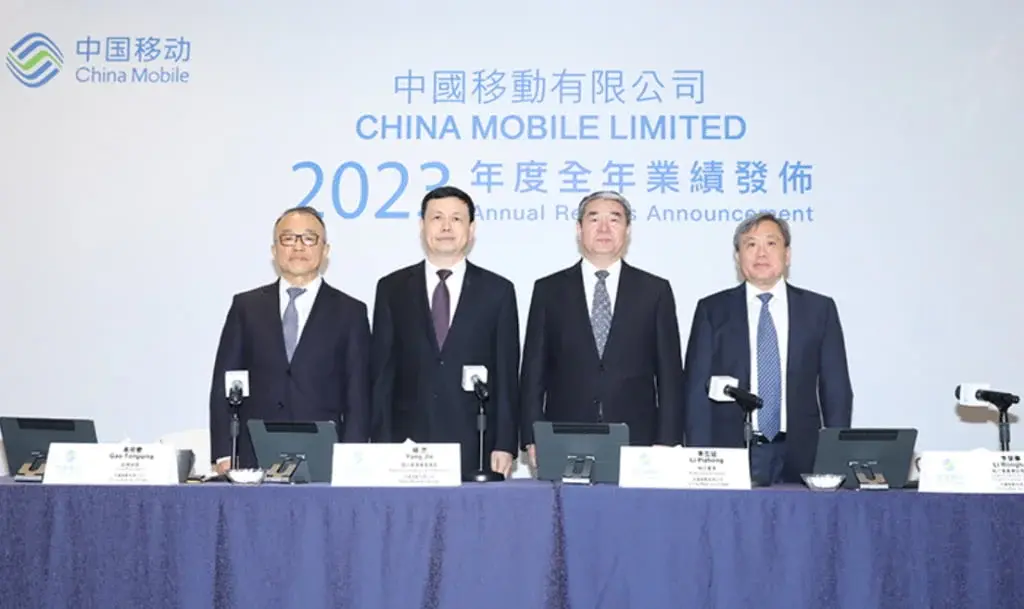Bharti Airtel, a major player in the Indian telecommunications sector, is currently embroiled in accusations of a data breach affecting an astounding 375 million users. The company has categorically refuted these allegations, labeling them a “desperate attempt to tarnish Airtel’s reputation by vested interests.”
Reports from the Dark Web
Dark Web Informer on X.com disclosed that an unidentified vendor named “xenZen” has put the data of 375 million Airtel subscribers up for sale on a hacker forum called BreachForums. The purported data includes sensitive information such as names, family details, contact information, and even Aadhaar numbers, the unique 12-digit identification number assigned to Indian citizens.
Airtel’s Official Response
Airtel quickly issued a statement through a spokesperson, stating, “There has been an ongoing report alleging that Airtel customer data has been compromised. This is nothing short of a desperate attempt to tarnish Airtel’s reputation by vested interests. We have done a thorough investigation and can confirm that there has been no breach whatsoever from Airtel systems.”
Previous Breach Claims
Alarmingly, xenZen also took credit for another recent data leak involving the Indian Ministry of External Affairs (MEA). This breach, discovered in late June, reportedly compromised data from approximately 200,000 users registered on the MEA’s eMigrate portal. Nevertheless, the authenticity of both claims remains unconfirmed.
Safeguarding Personal Information
While the veracity of these claims is still uncertain, the situation underscores the perpetual risk of cyberattacks. Here are some measures to protect your personal data:
- Be cautious about the information you share online. Limit the amount of personal data you share on public platforms and websites.
- Use strong and unique passwords for all your online accounts. Consider using a password manager to generate and store complex passwords.
- Enable two-factor authentication (2FA) wherever possible. This adds an extra layer of security by requiring a second verification code in addition to your password when logging in.
- Be wary of phishing attempts. Don’t click on suspicious links or attachments in emails or text messages, even if they appear to be from legitimate sources.
By adhering to these basic security practices, you can help protect your personal information and reduce the potential damage from a data breach.













